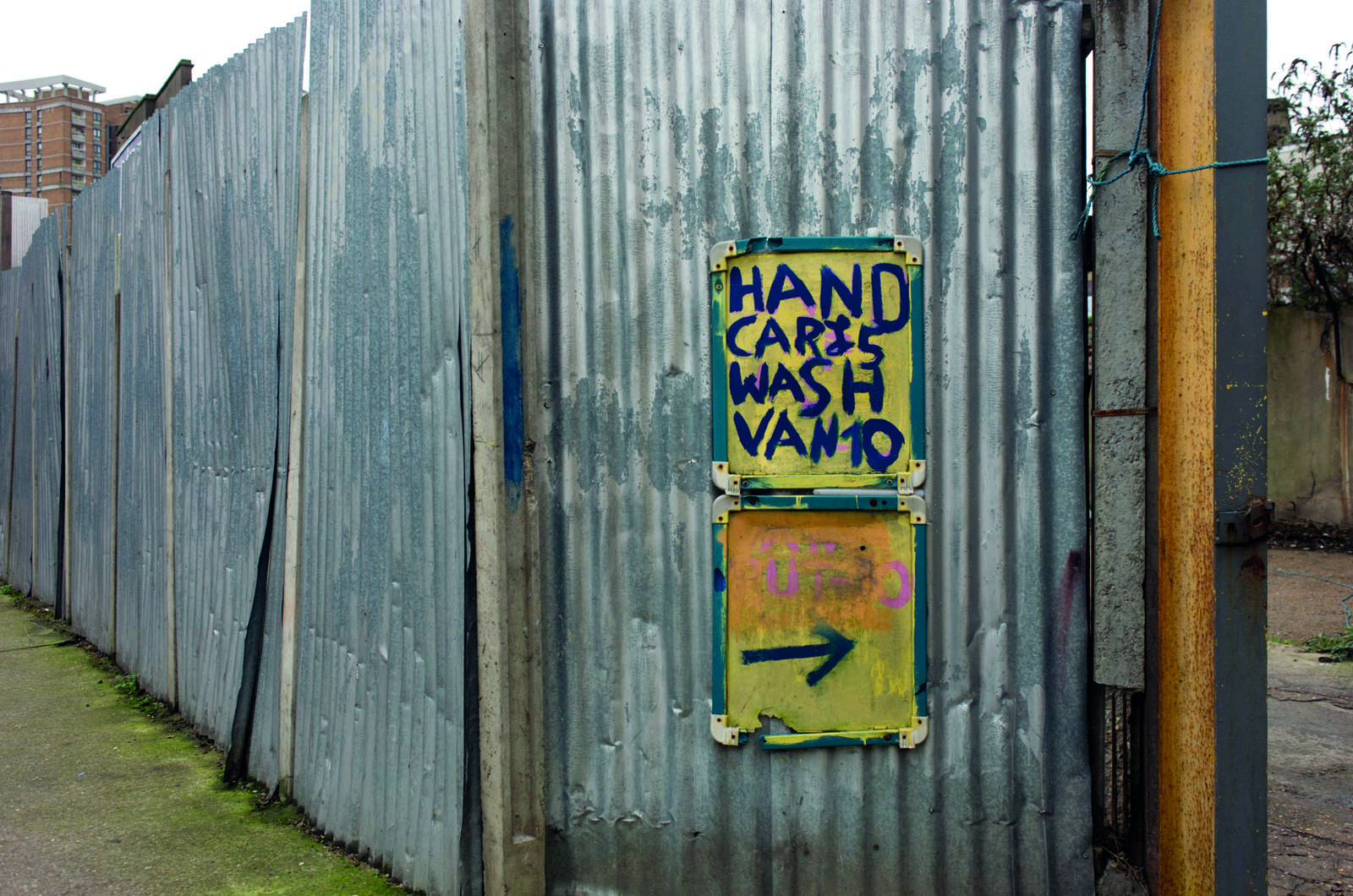
If you think of the Dunlop brand, you’ll probably come up with the eponymous Fort Dunlop, the giant building sat next to the M6 which I remember in my youth as being vast, foreboding and, well, old.
However, this building was a spring chicken compared with Dunlop Suspensions’ former building in Coventry’s Holbrook Lane. The WW1-era factory was sprawling, dark and low. It was also riddled with holes – some apparently from stray bullets sustained in the dog-fights over the city in the second war.
MODERN
While the historic value was not in doubt, it didn’t really work as an avatar for a modern, high- tech business. “People visiting the site would think ‘failed 1960s UK manufacturer’ and once you’ve formed that view it is very hard to dispel it” said Ian Hamilton, MD of the company. A move was on the cards, and the view of the management was if they were going to be in the new site for as long as there were on the old, it made sense to build something bespoke. “We did as much as we could, because we were only going to do this once” explained Hamilton.
As such, plans were drawn up for a brand-new site at the Prologis Park industrial area. The build was projected to cost in the region of £5m once the plant was taken into account, and the new building would feature the latest environmental systems, such as integration of thermal processes and an advanced soak away under the car park. It was going to be the first of its type in the area, however, this came with its own problems.
EXPANSION ISSUES
“One of the problems with being ‘first through the door’ is it is you that tends to get shot” explained Hamilton. “For a start, we were stuck between two county councils, with most of the building being in one, and the car park in another”. Interestingly, the footprint of the new build is much smaller than the old, with 60,000 sq ft as opposed to nearly three times than at the old place. “We didn’t use much of it really” said Hamilton. “Although every nook and cranny was stuffed with things, because when you have the space, people will fill it up. I’ve learnt that in any future business dealings to buy the smallest space needed. It saves so much money, because if you haven’t got anywhere to put it then you don’t buy it!” he added.
It isn’t only the building that has enjoyed a reboot. Working practices and machinery have modernised to keep up with the times. Processes that once took thirty burly men to complete can now be done by machinery, allowing employees to concentrate on lighter and more technical work. On our visit, the firm was busy producing a batch of air suspension for a bus manufacturer on one line, and a number of aftermarket products for Range Rovers on another. It is also worth pointing out that there is real manufacturing going on here, with CNC machines buzzing and autoclaves heating. It is not simply an assembly and distribution centre.
The lean systems in place also allow for small batch sizes. “The rivals are on the volume trail” asserts Hamilton, adding that the items produced are not exactly bespoke, but ‘tailor made’, which allows the firm a USP. “We assume our competitors consider volumes of less than 100,000 not to be worth the engineering time” he said, adding that CEO Chris Davis could identify ways of producing strong aftermarket references.
Dunlop Suspensions (officially known as Dunlop Systems and Components Ltd) had an interesting time in the last century as it was one of the pioneers of the disc brake and claims to have invented the ceramic disc. The company worked on many automotive projects, including the four wheel drive Jensen Interceptor FF. However, it was the rubber cone suspension on the original Mini, which had been designed by Alex Moulton and was produced by Dunlop Suspensions that captured the public’s imagination. The firm produced parts for the Hydrolastic and Hydragas systems that were standards on BMC cars of the era, but a disastrous merger with Pirelli indirectly lead to the whole Dunlop group of companies being sold to BTR in the 1980s. BTR gradually split them up and sold them off, with the Systems and Components division transferring to Trelleborg AB at the end of the 1990s. However, a management buyout in 2007 allowed the company to modernise, culminating in the building we are looking at today finally being completed in 2014.
As the old proverb goes, it is an interesting time to be a manufacturer in the UK. The effects of currency fluctuations and the threat (or opportunity if you like) of leaving the single market is hanging over those in the supply chain. Nonetheless, this company has shown that it can adapt to the pace of change – and long may it continue to do so.











Go to comments